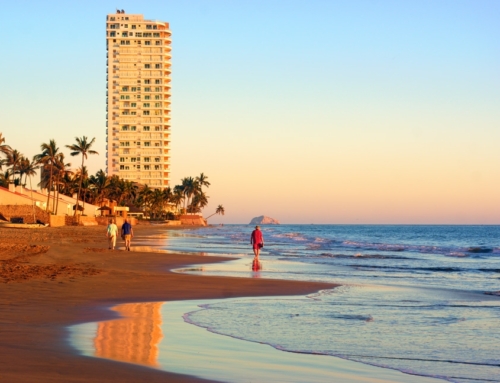Preparing for an emergency is an important part of financial planning and of your retirement strategy. One financial or medical emergency can wipe out years of hard work and retirement planning and retirement savings without an emergency fund in place to take care of expenses. Meanwhile, keeping cash savings means that you can access what you need whenever you need it—without paying the early-withdrawal penalties associated with investment funds.
How much savings do you need?
When meeting with clients, I always recommend that three to six months of your basic living expenses should be saved for emergencies. This will cover you in the event that you have a loss of income. It will also pay for an expensive emergency or two.
However, this is just the minimum recommended emergency savings. It should serve as the basis of your emergency fund and not the end of your savings efforts.
Two emergency funds
One popular method of saving money for a worst-case scenario is to have two emergency funds: a short-term fund and a long-term fund.
The short-term fund can be used for a fender bender or a major appliance that needs to be replaced. This fund can be a specific dollar amount, or you can save a specific amount per month in this account and watch it grow.
The long-term fund is substantially larger and can cover major issues like a hospitalization, lost income, catastrophic home damage, or other large expense. This amount may be tens of thousands of dollars—or more—in order to give you the best protection from financial disasters. Some financial experts recommend picturing three emergencies happening at the same time to help you determine just how much you will need to save in the long-term fund.
Living below your means
Because so many people live paycheck to paycheck, it can be difficult to save much money each month. And when money is saved, it may not seem to add up to much. To make the most of your savings, and to prevent an emergency from wiping you out financially, live below your means. Eliminate expenses wherever possible and be sure that your monthly income is substantially higher than your monthly expenses.
If you have a two-income household, this can mean ensuring that you can make it on just one of the incomes. This creates an immediate emergency fund if one income is lost. If you have a single-income household, keep expenses at least 30 percent lower than your take-home pay to allow for an emergency fund to be built quickly. If your only income is lost, you won’t be faced with foreclosure, repossession, and lawsuits if you have plenty of emergency cash with which to pay creditors until a new income is found.
The most important thing to remember about an emergency fund is that it should be used for true emergencies. Many people start a fund and then dip into it for incidentals, intending to pay back the borrowed money later. Keeping enough emergency savings requires a different mindset. Instead of seeing it as available money to use whenever needed, consider it untouchable money that will never be used unless there isn’t any other option.
Jeff Rose is a certified financial planner and author of the blogs Good Financial Cents and Soldier of Finance. Learn more about his Roth IRA Movement that has inspired over 140 personal finance to educate young adults on the importance of saving.





